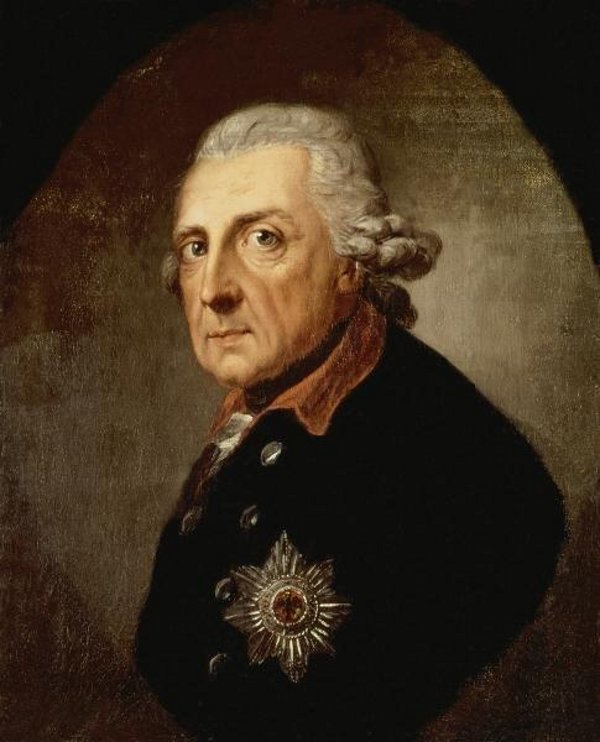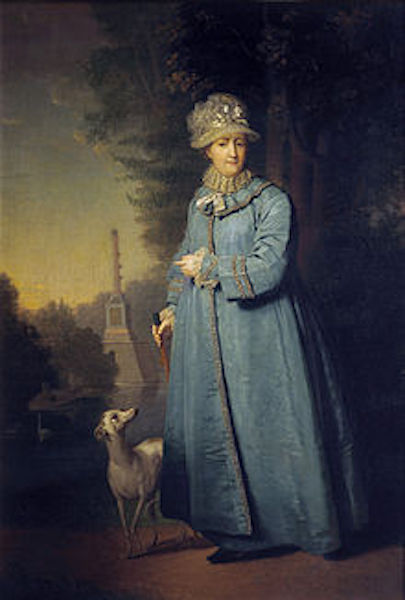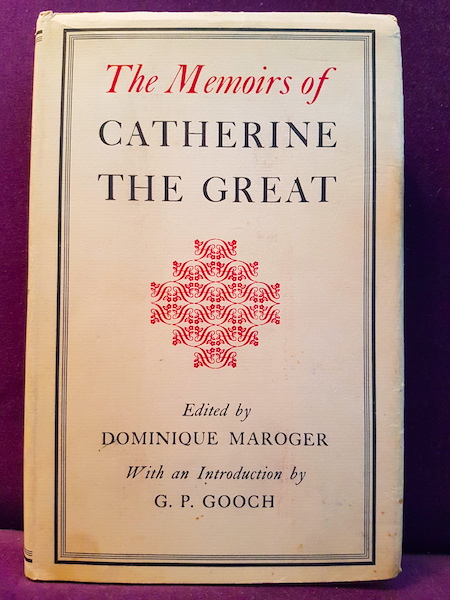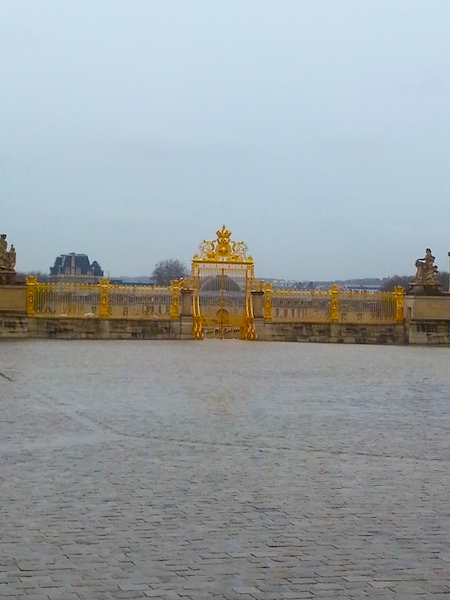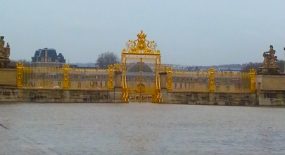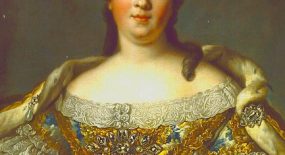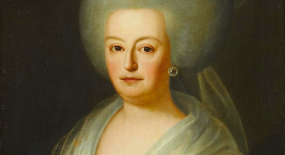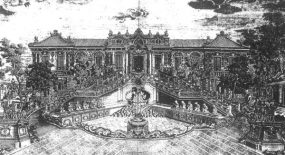Anne Stuart, Queen of Great Britain and Ireland, died on this day in 1714, thus bringing to and end the Protestant branch of the Stuart dynasty, which had ruled England and Ireland for 111 years, and Scotland for 343 years.
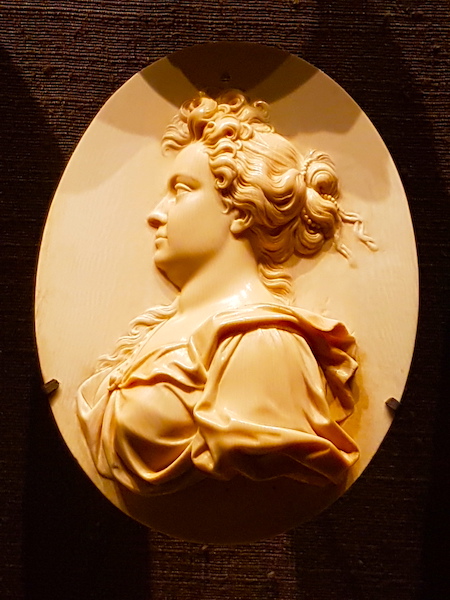
Queen Anne by Le Marchand. Photographed at the Art Gallery of Ontario (AGO), 2016.
Born the daughter of James Stuart, Duke of York, the second son of Charles I, and Anne Hyde, daughter of Charles II’s minister the Earl of Clarendon, in 1665, she likely never expected to succeed to the throne.
Although her father was Catholic, she and her elder sister Mary were raised in the Church of England, to which their mother belonged. After their mother’s death, James married Mary of Modena, who gave birth to their half-brother, also James, who superseded them in the line of succession. When James II (who had succeeded his childless brother Charles II in 1685) was deposed, however, the infant James was excluded from the succession, as were all Catholics. Mary and her husband William of Orange took the throne in 1688 as Mary II and William III, the only joint monarchs in British history. They too were childless, so Anne became heiress to the throne.
In the meantime, Anne had married Prince George of Denmark, who came to live in England. Poor Anne endured 17 pregnancies, most of them difficult, of which only one resulted in the birth of a living baby that survived its infancy. This was William, created Duke of Gloucester by William and Mary. Tragically, he died aged 11 in 1700. This left Anne herself as the last living Protestant Stuart. As such, she succeeded William III on his death in 1702, becoming Queen of England, Scotland, and Ireland, then of Great Britain and Ireland subsequent to the 1707 Acts of Union.
By the 1701 Act of Settlement it had already been determined that Anne would be succeeded by her nearest Protestant relative, the Electress Sophia of Hanover, who was a grand daughter of James I through his only daughter Elizabeth, who had married the Elector Palatine, briefly also King of Bohemia. Sophia, however, predeceased Anne by 2 months, so it was her son who succeeded Anne as George I, the director ancestor of the present queen, Elizabeth II.







